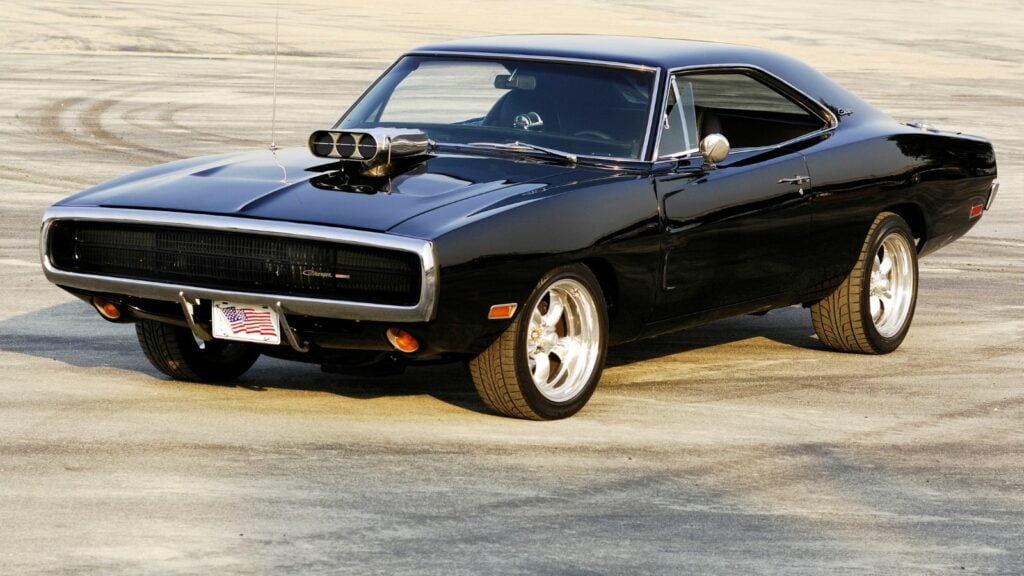Trade tensions, border bottlenecks, shifting tariffs, and even unexpected natural disasters have made the business of moving vehicle parts across borders a game of wait-and-see, fraught with risk. Whether you’re a dealership manager, an independent mechanic, or just a driver trying to get that busted taillight replaced, you’ve probably felt the sting of these delays. Here’s a closer look at 20 vehicles that are currently most affected by parts blockages or customs holdups.
Ford F-150
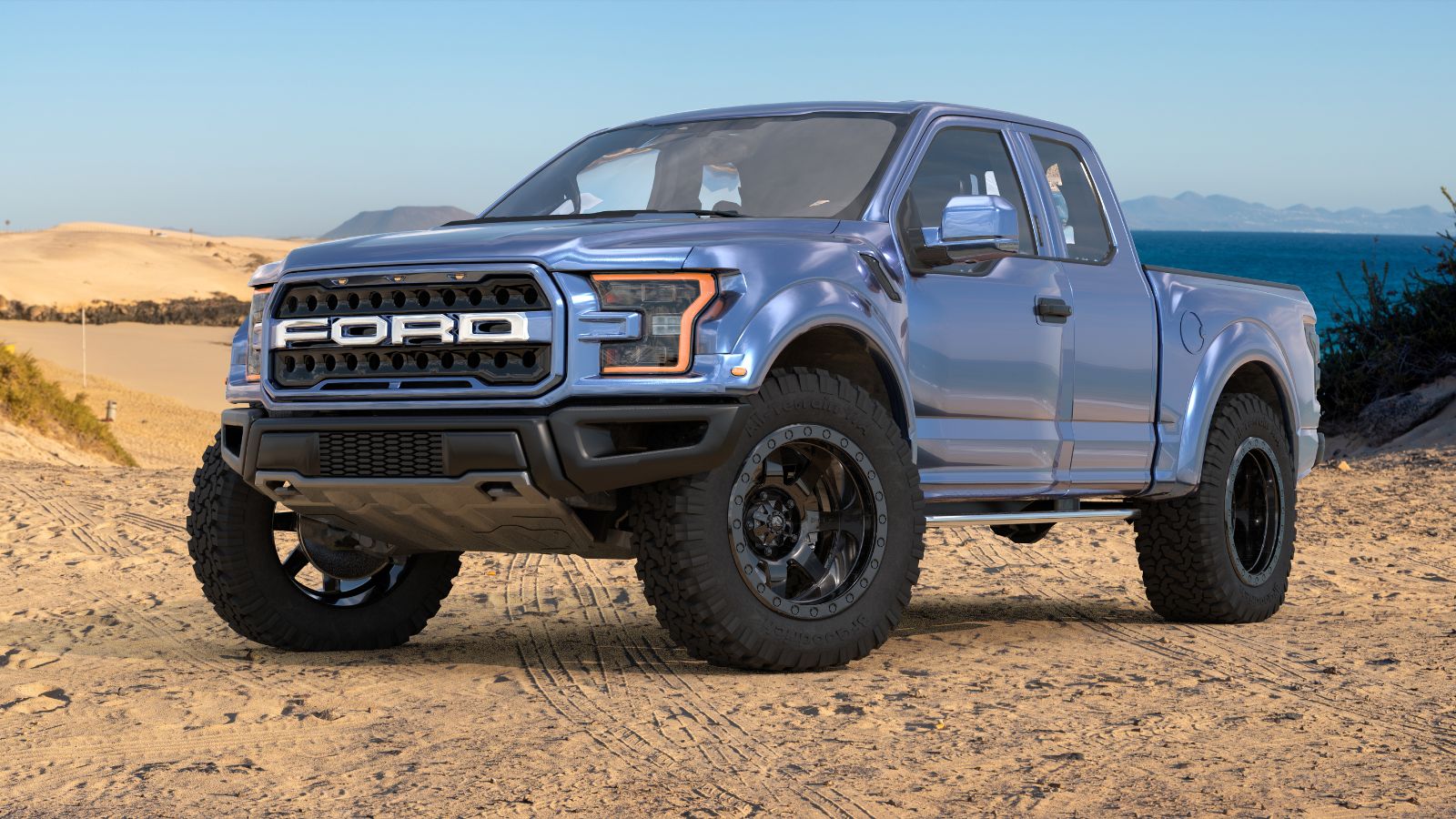
America’s best-selling truck isn’t immune to the global supply chain squeeze. From microchips sourced in Asia to aluminum body panels coming through U.S. ports, the F-150 faces holdups that can keep it parked in the shop. Additionally, the semiconductor shortage has hit Ford particularly hard, and the company has had to park thousands of incomplete trucks in lots, waiting for key components.
Toyota RAV4

This compact SUV is popular worldwide, which means it’s heavily reliant on parts from multiple countries. Key components, such as magnets and inverters, supplied by Aisin and Denso, are in short supply, resulting in customer wait times of 60–70 days in Europe and 2–9 months in India. Additionally, Toyota Japan has announced further cuts, including seven production days across three lines due to parts scarcity worsened by heavy rain in Aichi Prefecture, resulting in a reduction of approximately 4,000 vehicles in output.
Honda Civic
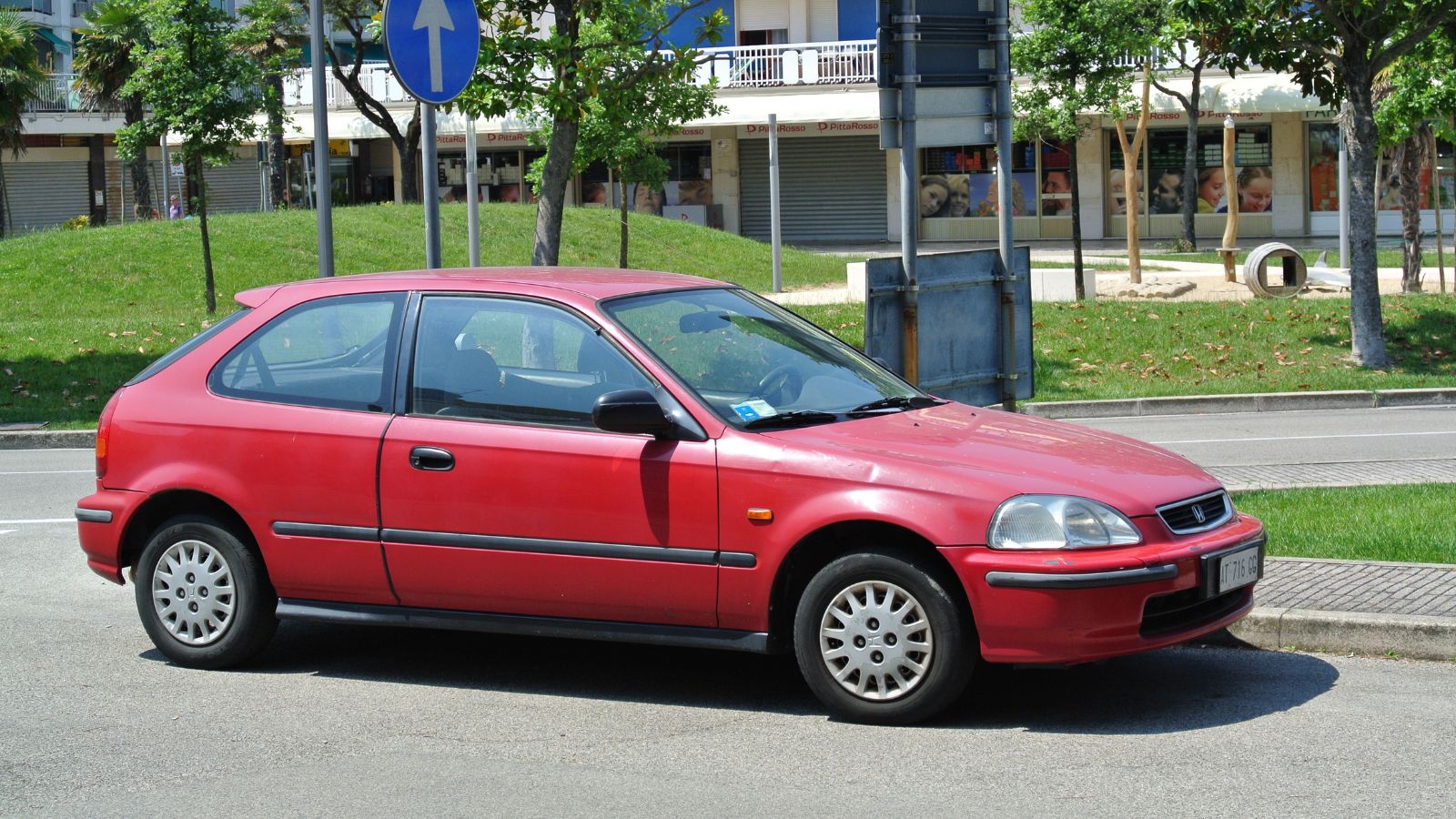
Honda Civics have experienced delays in replacement bumpers, headlights, and other exterior panels due to suppliers in Taiwan and Malaysia struggling with export restrictions. The Canada Border Services Agency (CBSA) has tightened checks on imports, adding to the wait. And, with the Civic’s tight popularity, these hiccups mean longer backorders and higher repair costs, frustrating owners who’ve come to rely on its famed reliability.
Tesla Model 3
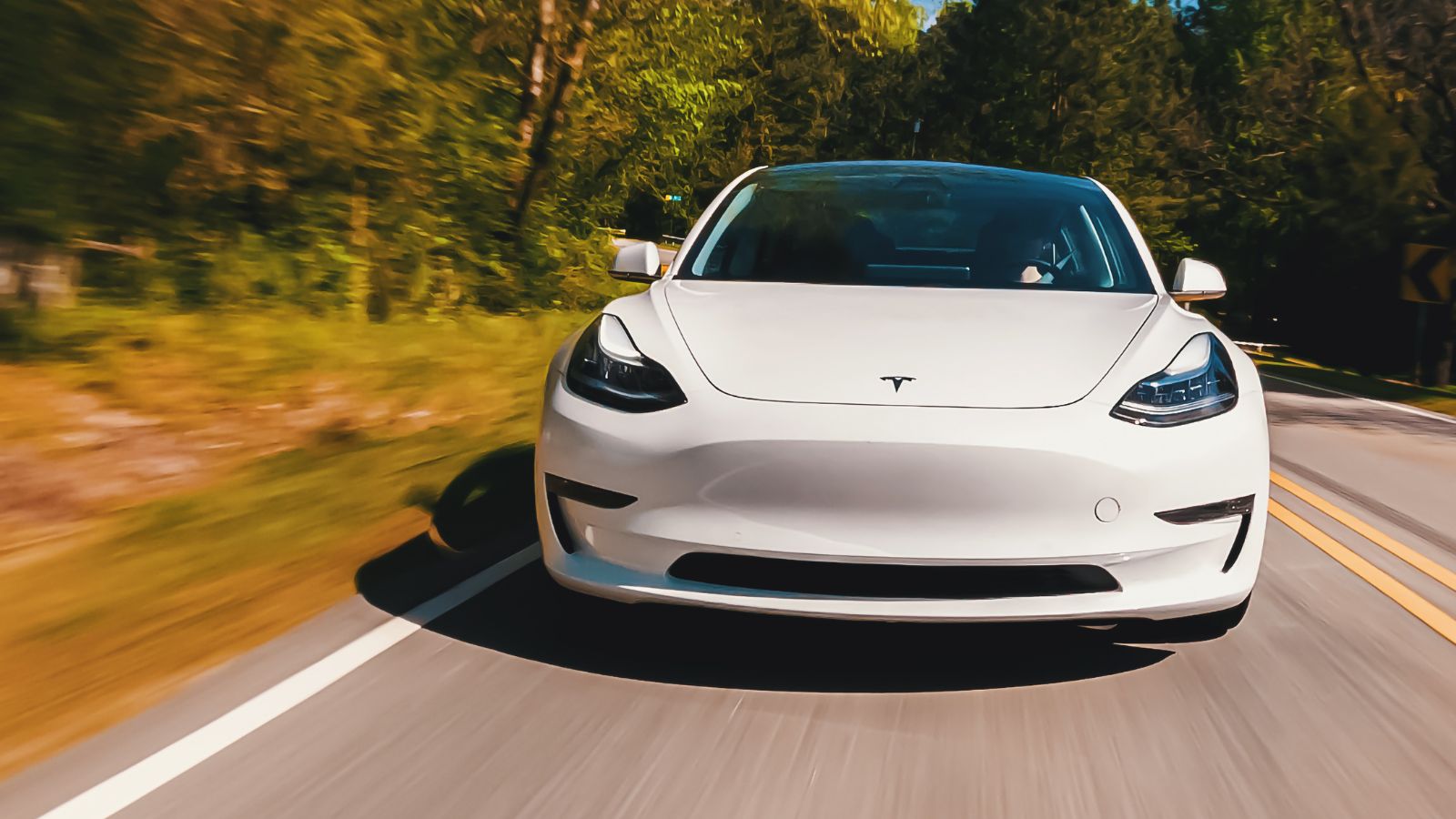
Tesla’s vertically integrated model hasn’t made it immune. Since early April 2025, both the U.S. and Canada have imposed 25% tariffs on imported vehicles and automotive parts. Tesla’s Canadian prices rose 13–22%, prompting a “pre-tariff” sales push to clear existing inventory. In addition, sporadic trucker blockades at border crossings (e.g., Coutts, Alberta) have delayed shipments of Model 3 vehicles and parts to customers in Alberta.
Chevrolet Silverado
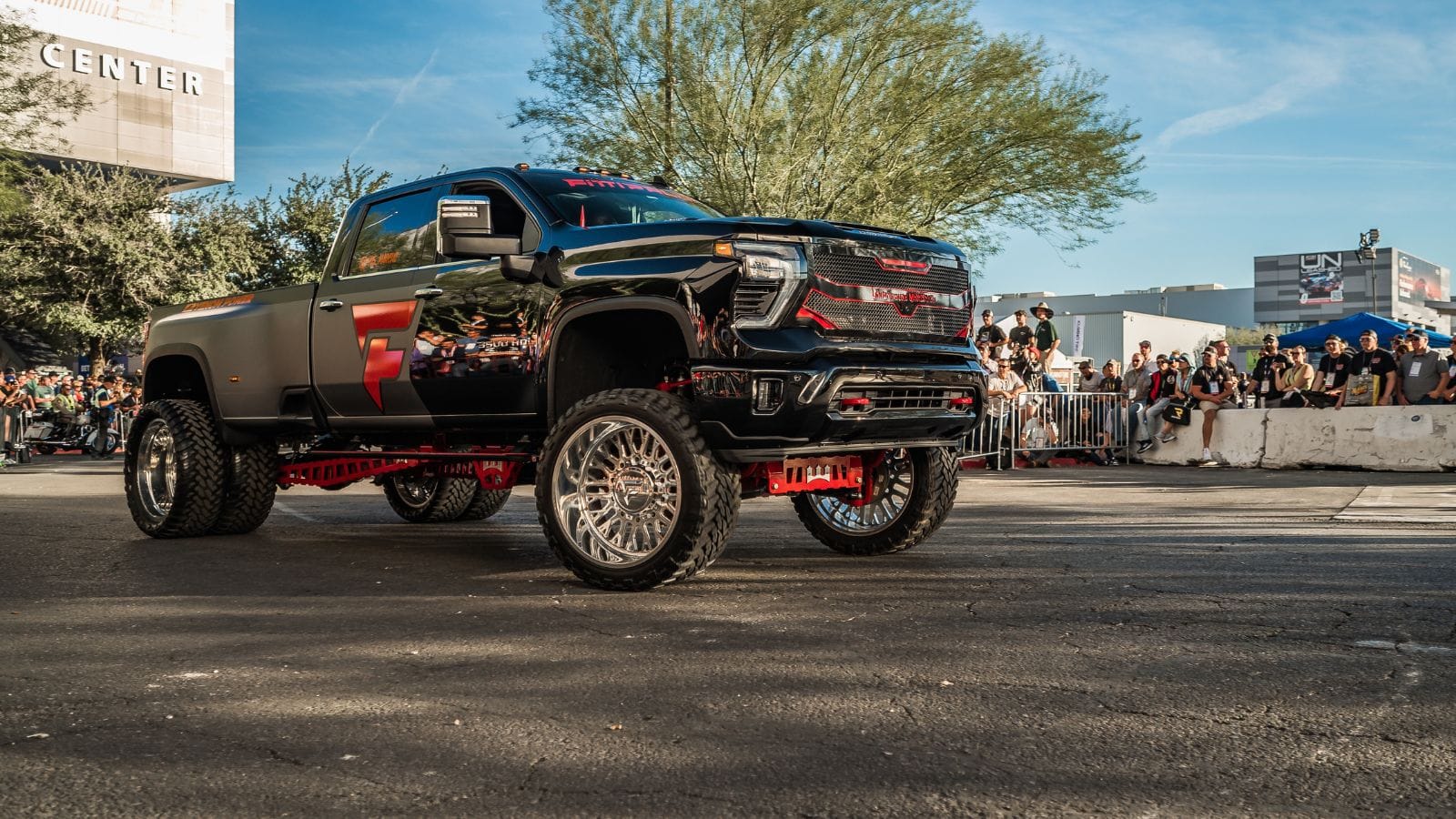
Another popular pickup facing a microchip shortage, the Silverado is also experiencing delays in transmission components manufactured in Mexico. Cross-border trucking delays and labor strikes have compounded the issue. Also, some dealerships are already warning customers of extended wait times for new trucks and crucial replacement parts. For Canadians who rely on their Silverado for work or towing, these delays can mean significant downtime and lost income, underscoring the fragility of global supply chains, even for an icon of rugged dependability.
BMW 3 Series
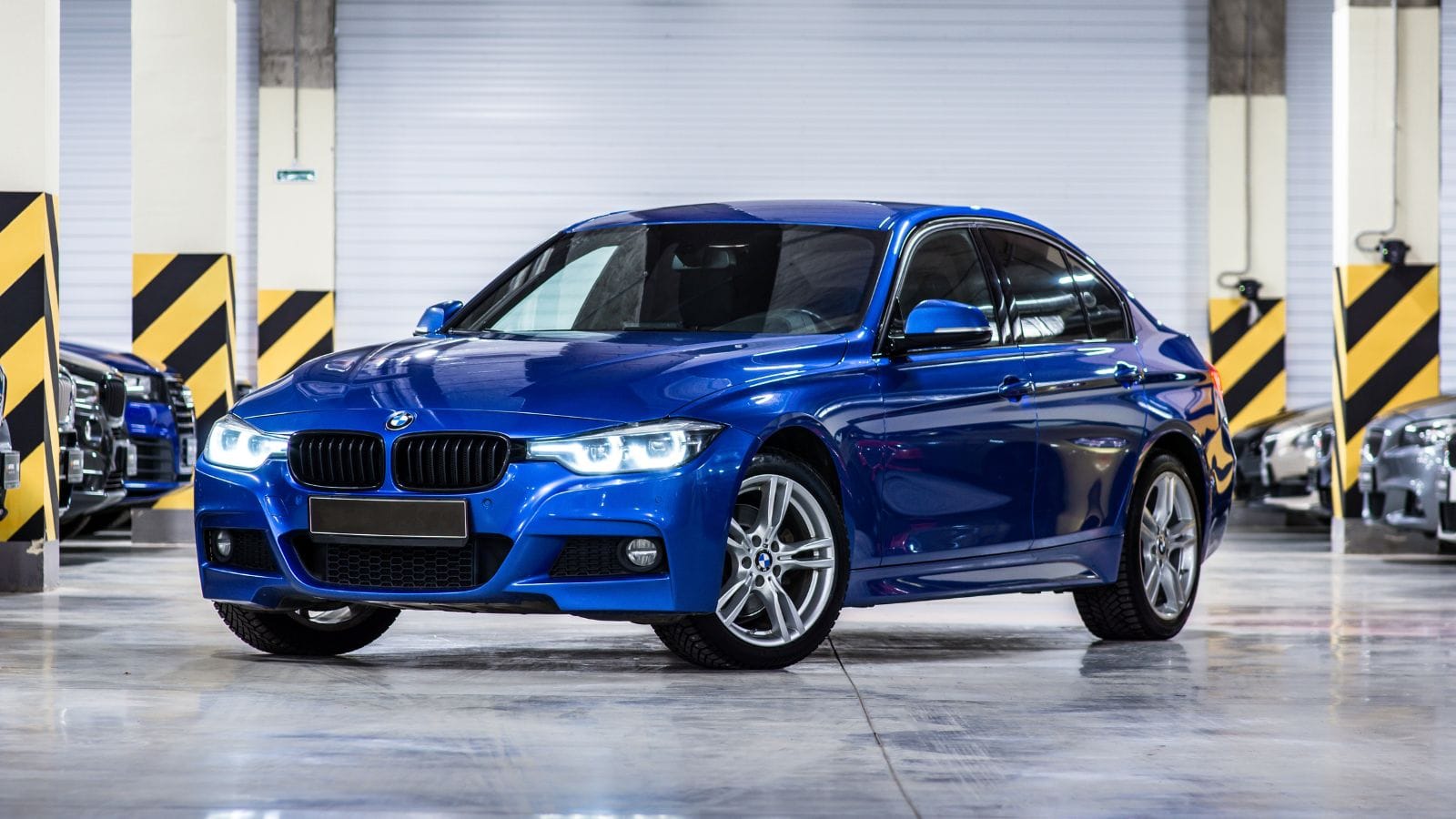
German automakers rely heavily on just-in-time delivery from a network of European and Asian suppliers. According to the Canadian International Trade Tribunal, the average wait time for certain imported car parts has doubled since 2023, with high-end brands, such as BMW, being hit the hardest. This means that Canadian owners requiring warranty work or collision repairs may wait weeks or even months for vital parts, such as adaptive headlights or precision sensors. BMW Canada has acknowledged the delays and is advising dealers to maintain open communication with customers facing extended repair times.
Nissan Rogue
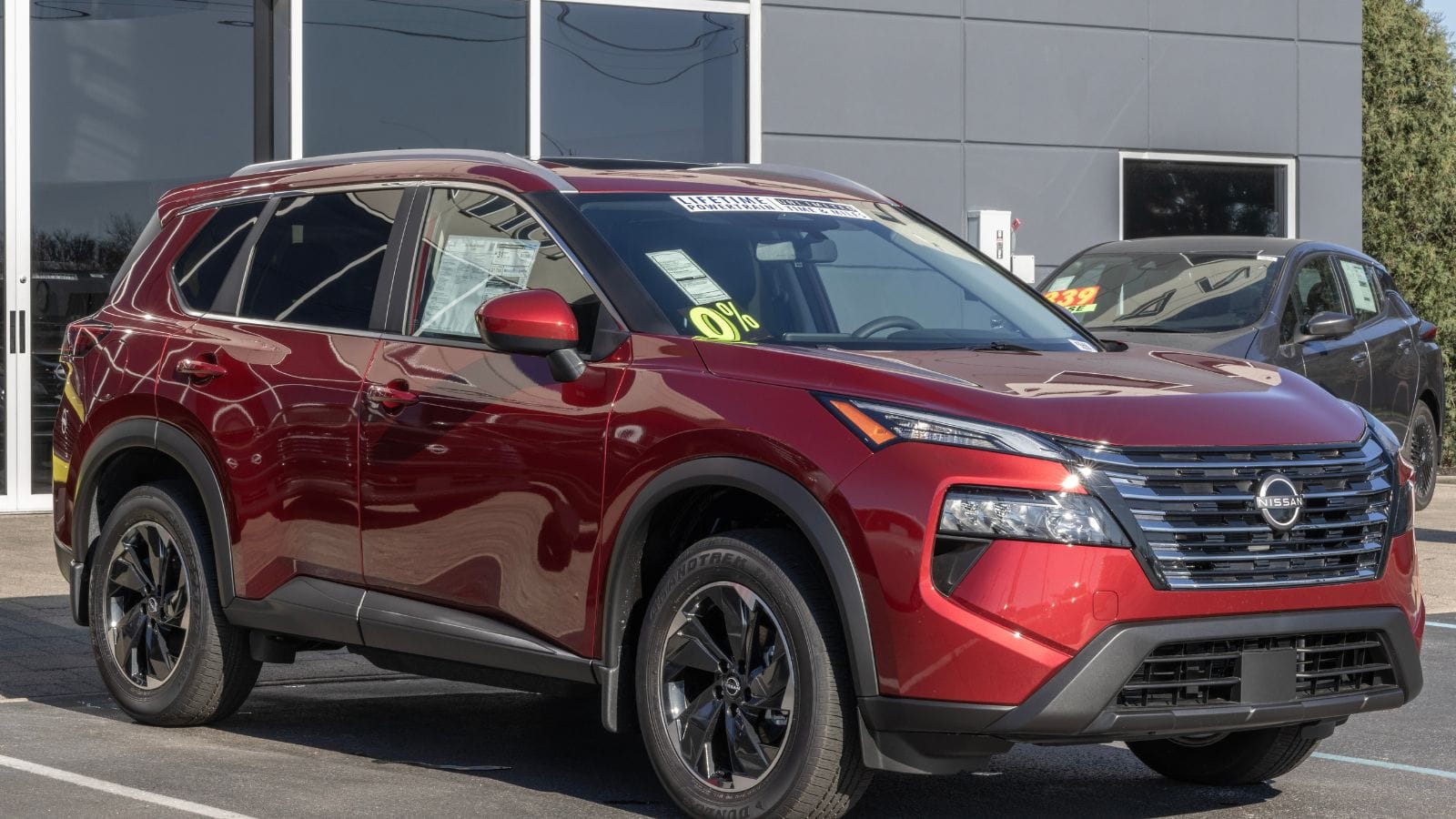
One of Canada’s top-selling SUVs, the Rogue is experiencing shortages in CVT transmission parts, which are sourced from Japan and Thailand. Pandemic-era backlogs continue to ripple through the supply chain, resulting in repairs that can take longer than expected. Meanwhile, Canadian owners are reporting lengthy part backorders: one 2020 Rogue sat in the dealership for nearly two months, awaiting faulty seal components and wiring harness replacements, which were further delayed by border issues.
Jeep Wrangler
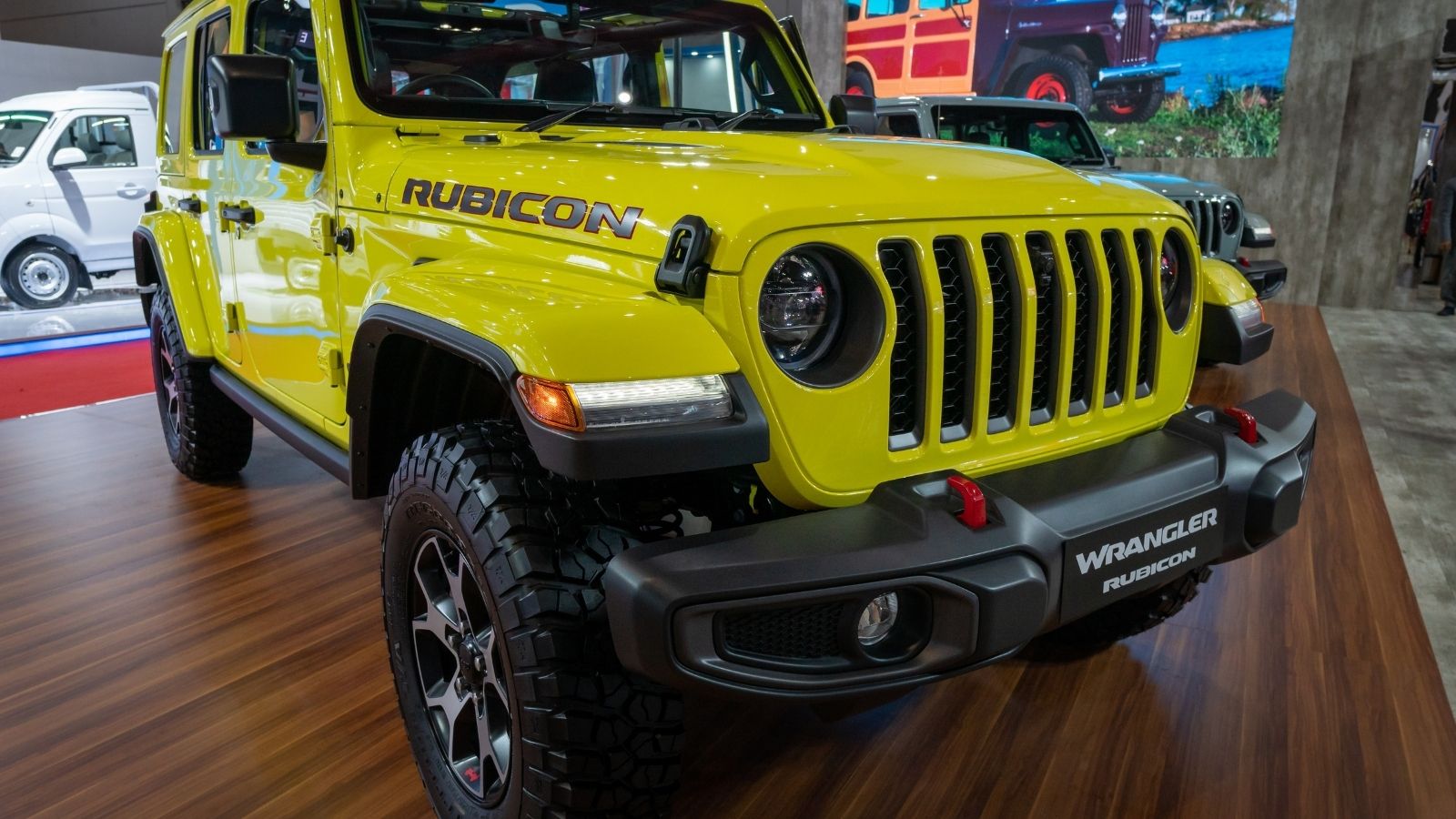
This rugged icon faces delays due to blocked imports of specific suspension components and axles from plants in Mexico. According to the Automotive Parts Manufacturers’ Association (APMA), border slowdowns have already impacted dealer inventories and aftermarket suppliers alike, pushing Canadian Wrangler owners to face longer repair times and higher costs. For a country with harsh terrain and plenty of backroads to conquer, a delayed Wrangler part isn’t just inconvenient — it’s a potential adventure-killer.
Mercedes-Benz GLE
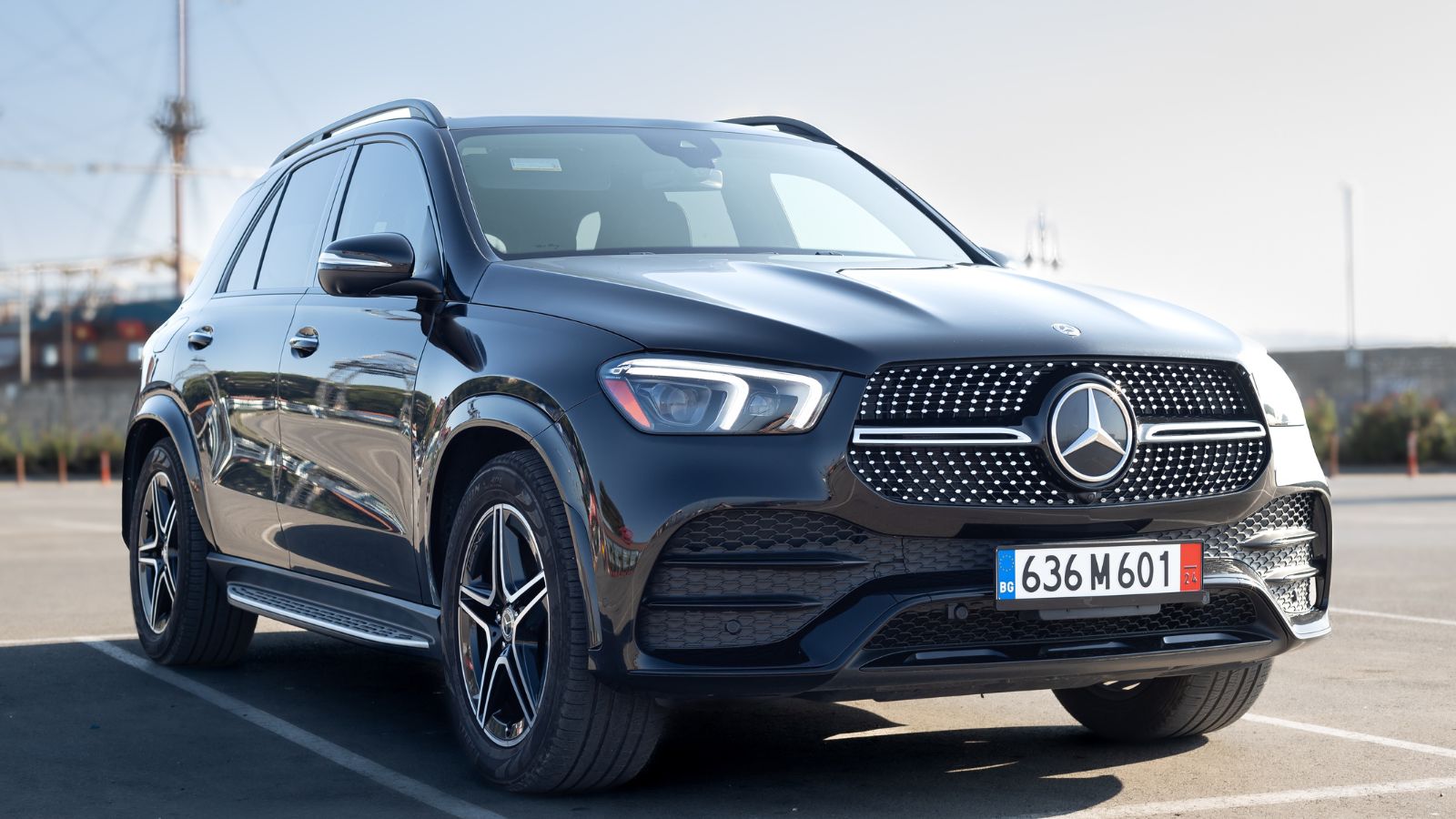
Mercedes-Benz GLE genuine parts imported into Canada are facing notable customs and logistics delays. A prolonged rail lockout in August 2024 from major Canadian railways (CN, CP) halted cross-border auto parts and vehicle shipments—a disruption that the U.S. DOT labeled “a concern,” as auto parts rank among the top bilateral trade goods. Additionally, for the GLE, the most significant bottlenecks have been air suspension modules and onboard computer chips, which have been held up at EU and U.S. ports due to regulatory inspections.
Hyundai Elantra
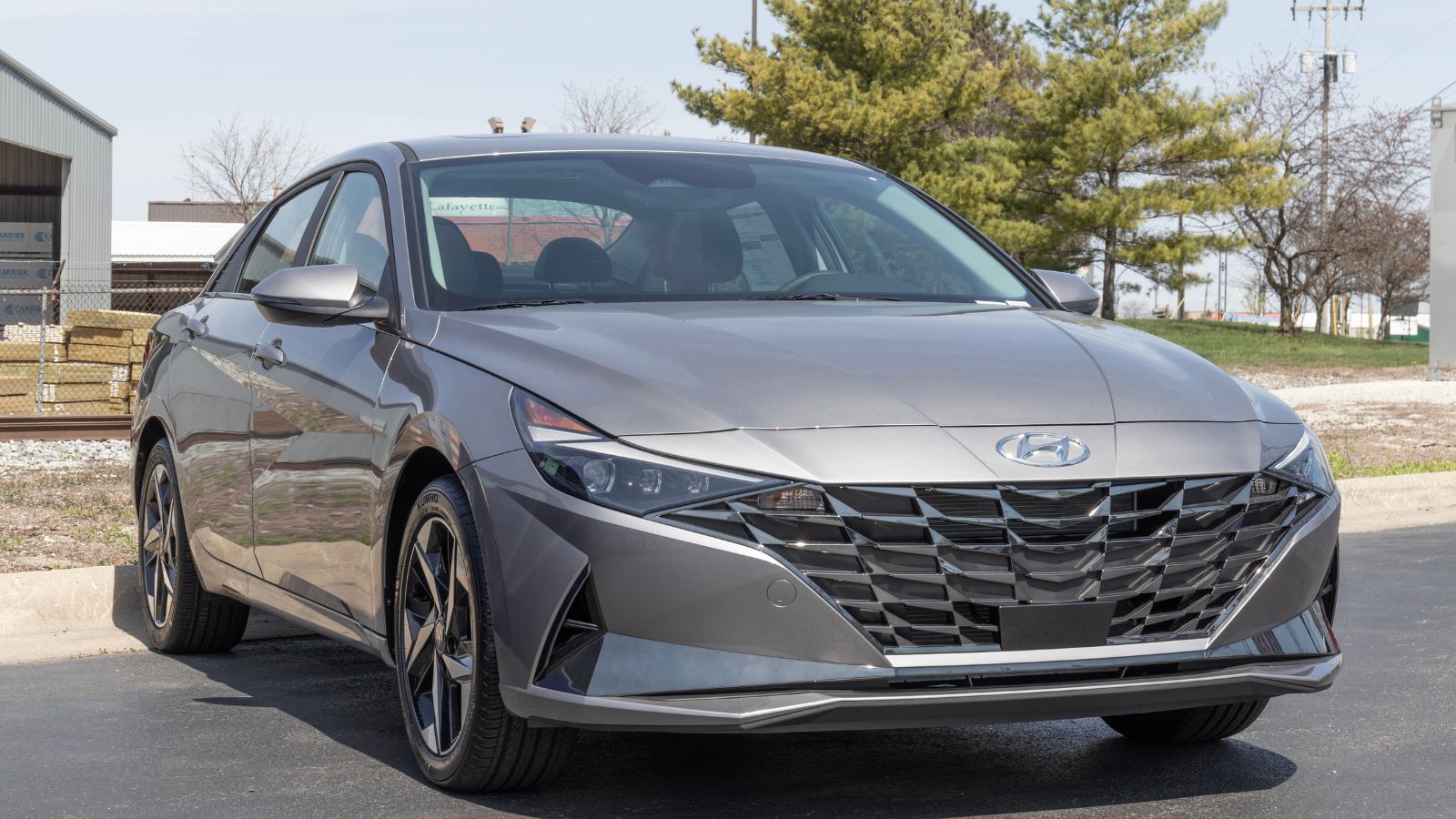
Hyundai’s popular compact car relies on components manufactured across South Korea, China, and India. Wiring harnesses and control modules are particularly prone to bottlenecks, with India’s port strikes causing ripple effects throughout the supply chain. Similarly, aftermarket parts such as bumpers and mirrors for recent‑model Elantras have been stuck in customs or backordered – sometimes indefinitely – leading to repair delays even for minor collisions. A Global News analysis suggests that widespread supply‑chain issues continue to stall component delivery nationwide, with Canadian owners frequently waiting months for parts.
Volkswagen Tiguan
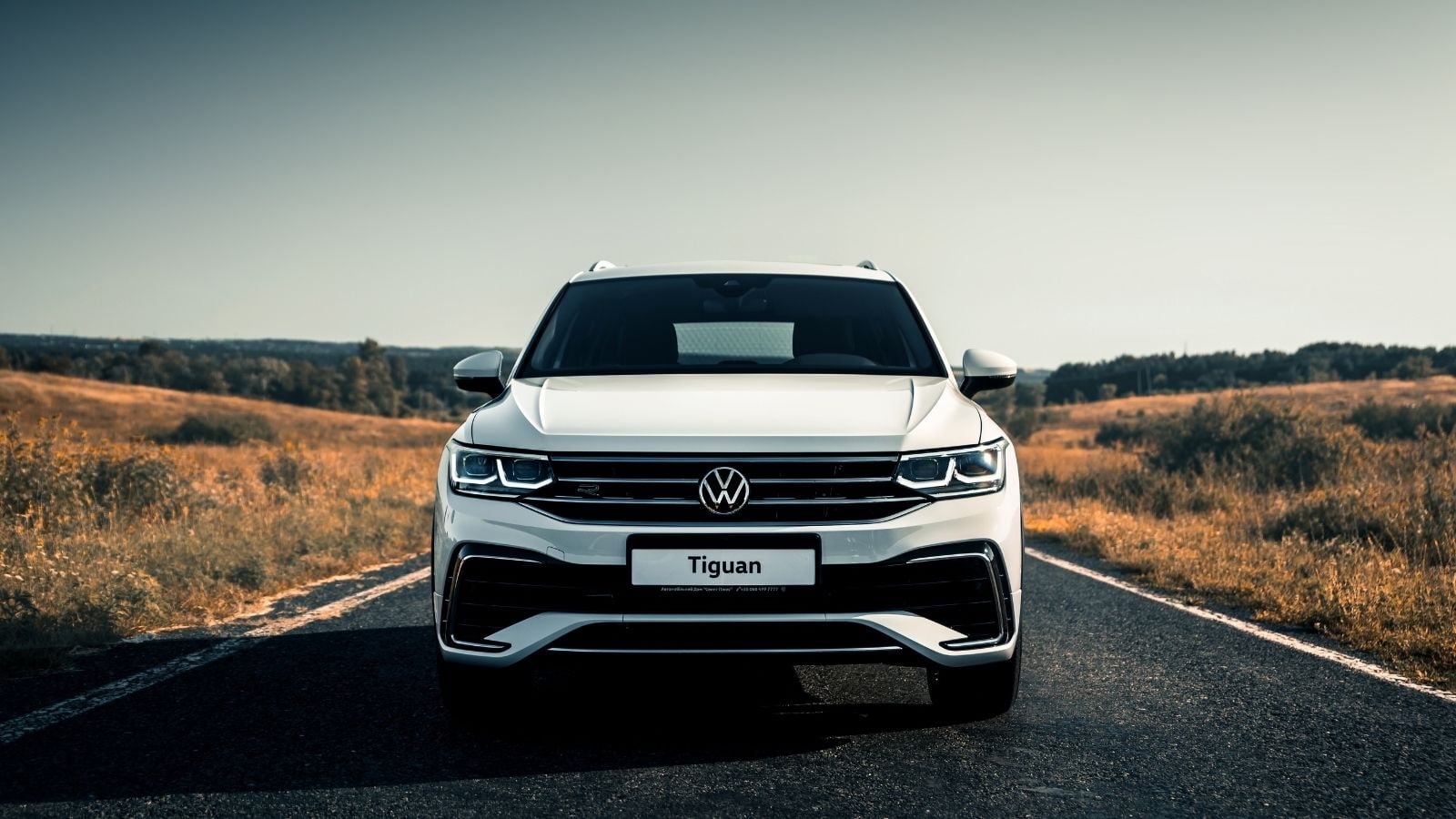
In Canada, Volkswagen Tiguan owners frequently face significant parts delays and customs holdups, particularly for critical components such as electronics, lighting, airbag control modules, steering-wheel units, and even headlights. A 2025 Tiguan owner reported they “diagnosed…need[s] a new control unit which is on ‘back order’,” with delivery timelines vague and extended. Another Tiguan Highline in Canada had to wait four-and-a-half months for a single headlight, with VW dealers unable to provide any ETA. The complexity of environmental regulations means shipments often face extended inspections.
Ram 1500
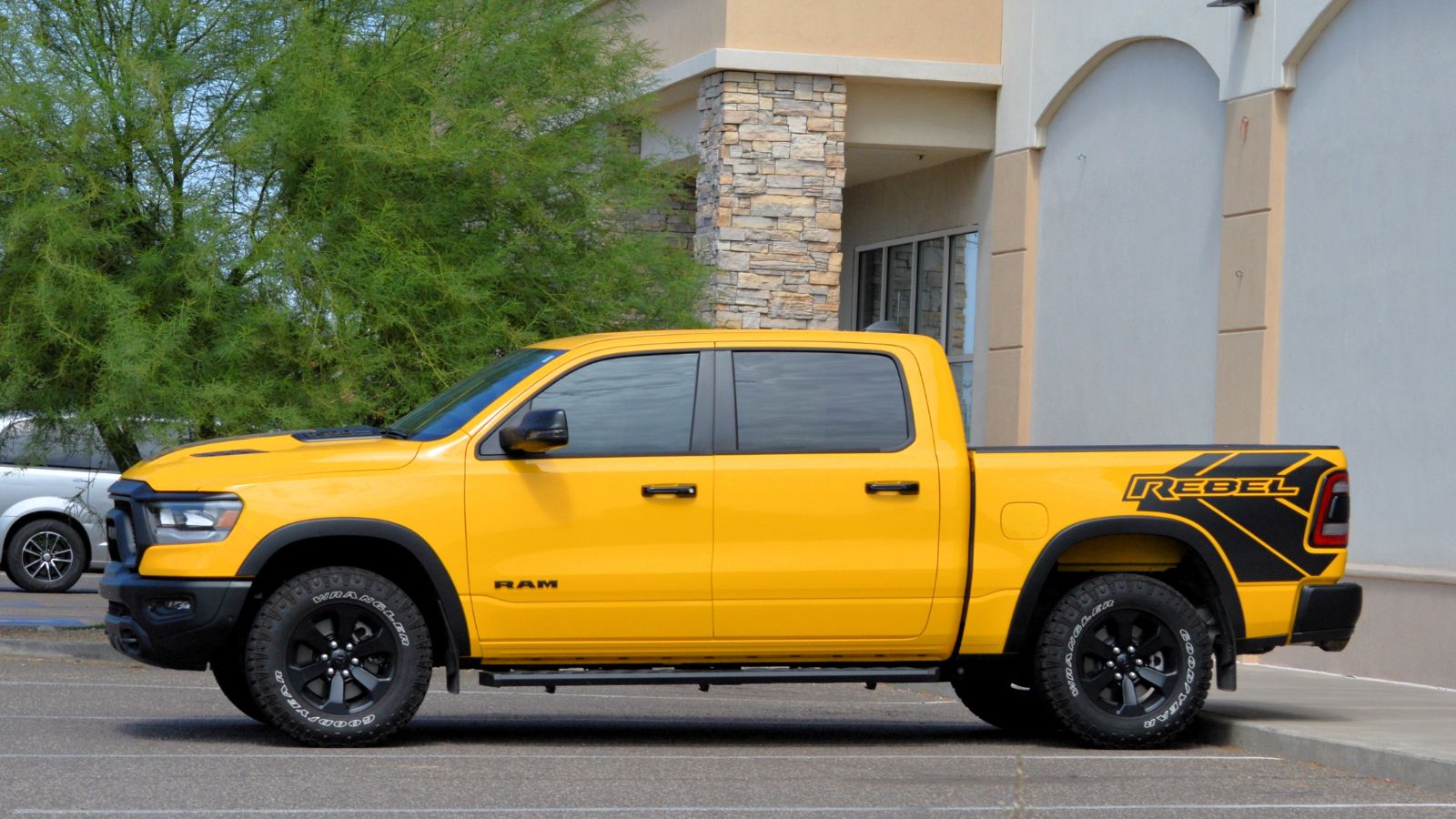
Another pickup was affected by the semiconductor drought and cross-border logistics snarls. Steering modules and infotainment screens are the primary culprits keeping Ram owners waiting longer for repairs. Transport Canada has also increased scrutiny of aftermarket and safety-critical parts, which means even routine shipments get flagged. Some owners are experiencing weeks-long waits for basic components, including tailgate sensors, suspension components, and powertrain modules. Dealers are quietly cannibalizing other vehicles to get repairs done, while third-party garages scramble for compatible alternatives.
Subaru Outback
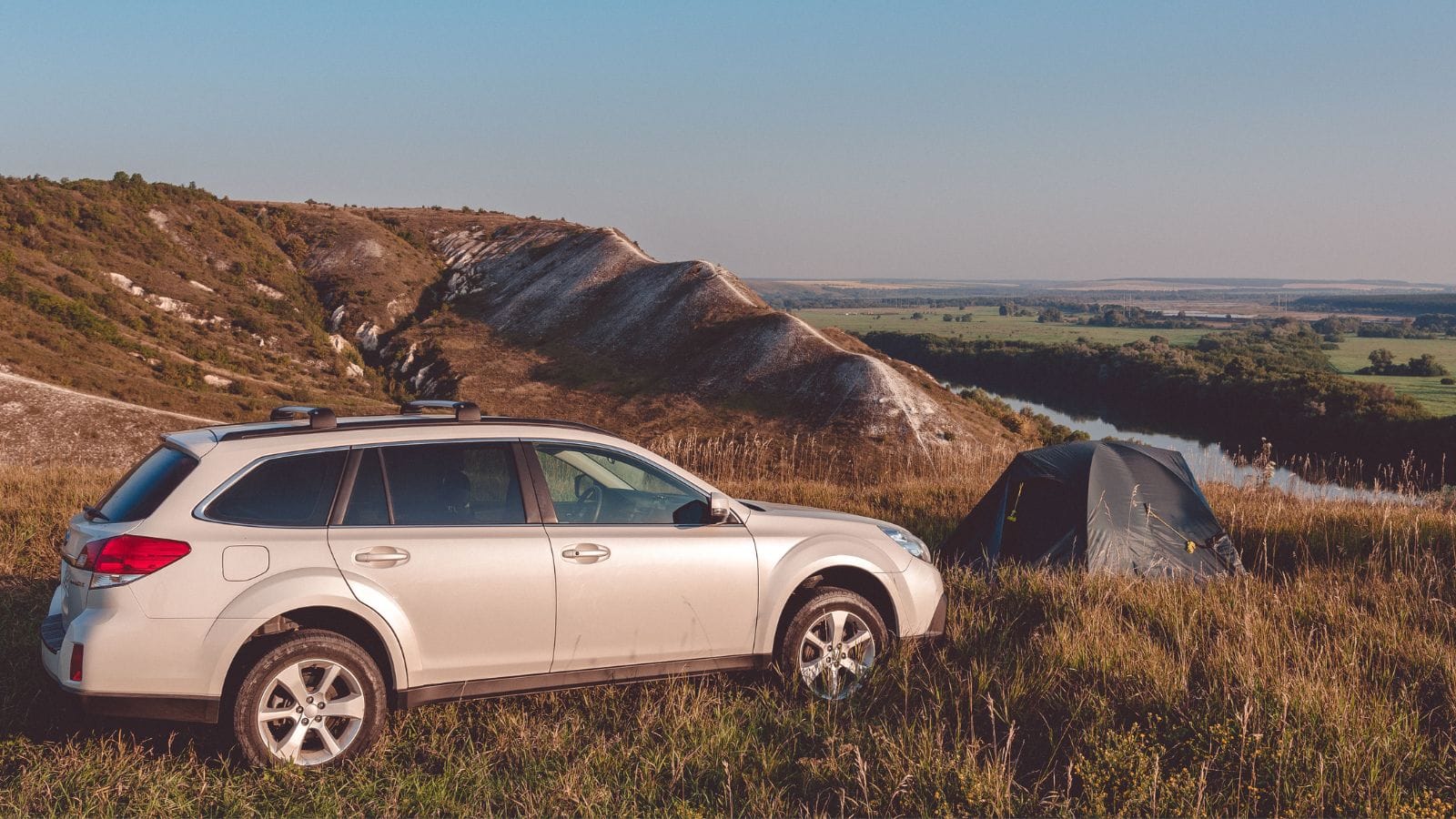
Popular in Canada’s rural and snowy regions, the Outback is facing parts holdups for replacement windshields and advanced driver assistance system (ADAS) sensors. Much of this tech comes from Japan, where strict export controls slow the flow. While Subaru is expanding its parts facility in Indiana to improve service responsiveness, Canadian customers can expect prolonged waits and rising parts costs due to customs bottlenecks and new tariffs.
Kia Sportage
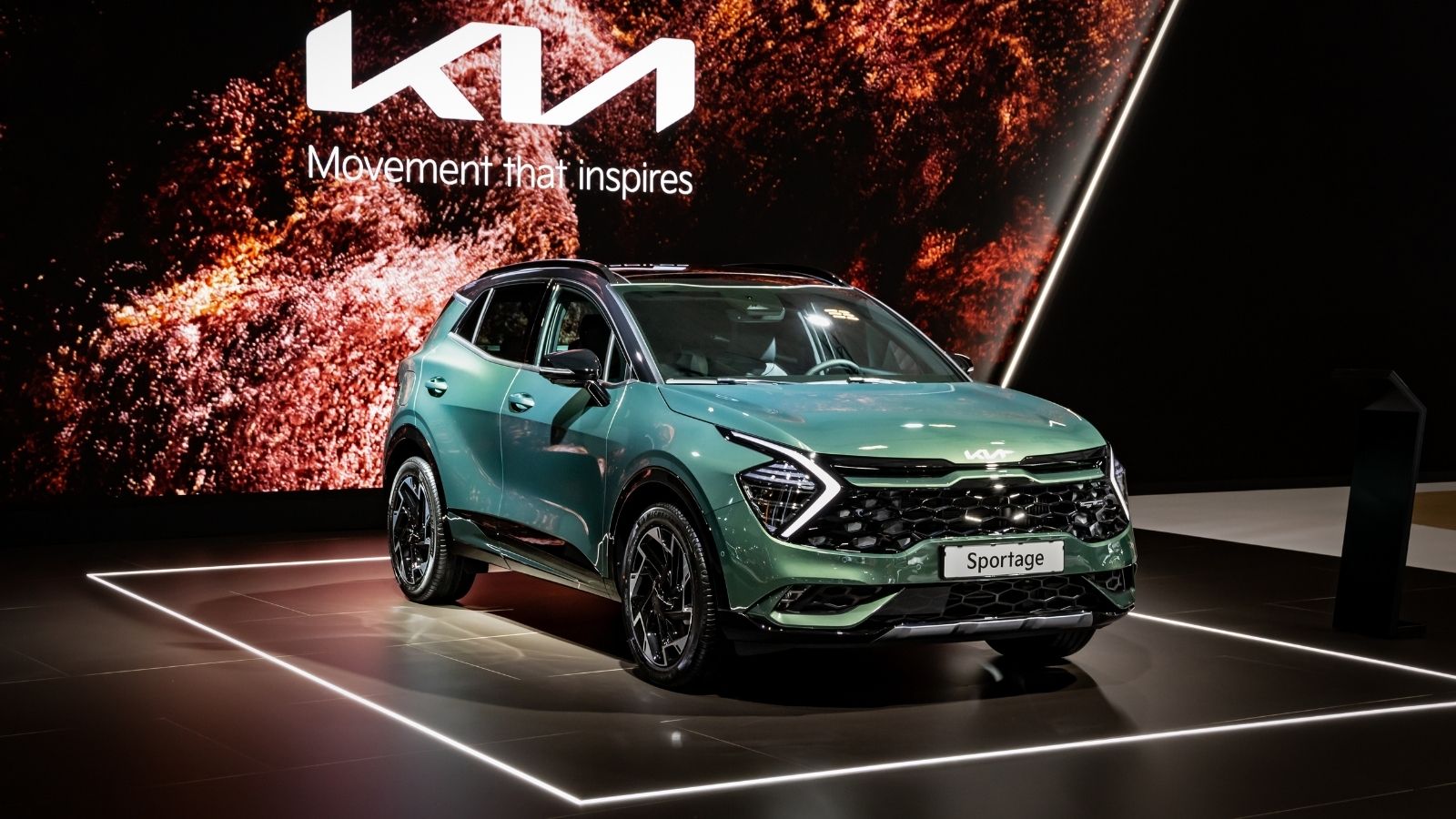
This compact SUV relies on a complex supply chain that stretches from South Korea to North America. And, recent labor disputes in South Korean ports have delayed shipments of brake system components and seat assemblies. The APA also notes Kia is among several brands hit by persistent supply-chain shortages in Canada, leading to extended repair times and frustration. In Quebec, unique consumer protections may allow rental reimbursement after 30 days off-road; however, elsewhere in Canada, owners face long waits—weeks or months—without guaranteed timelines.
Audi Q5
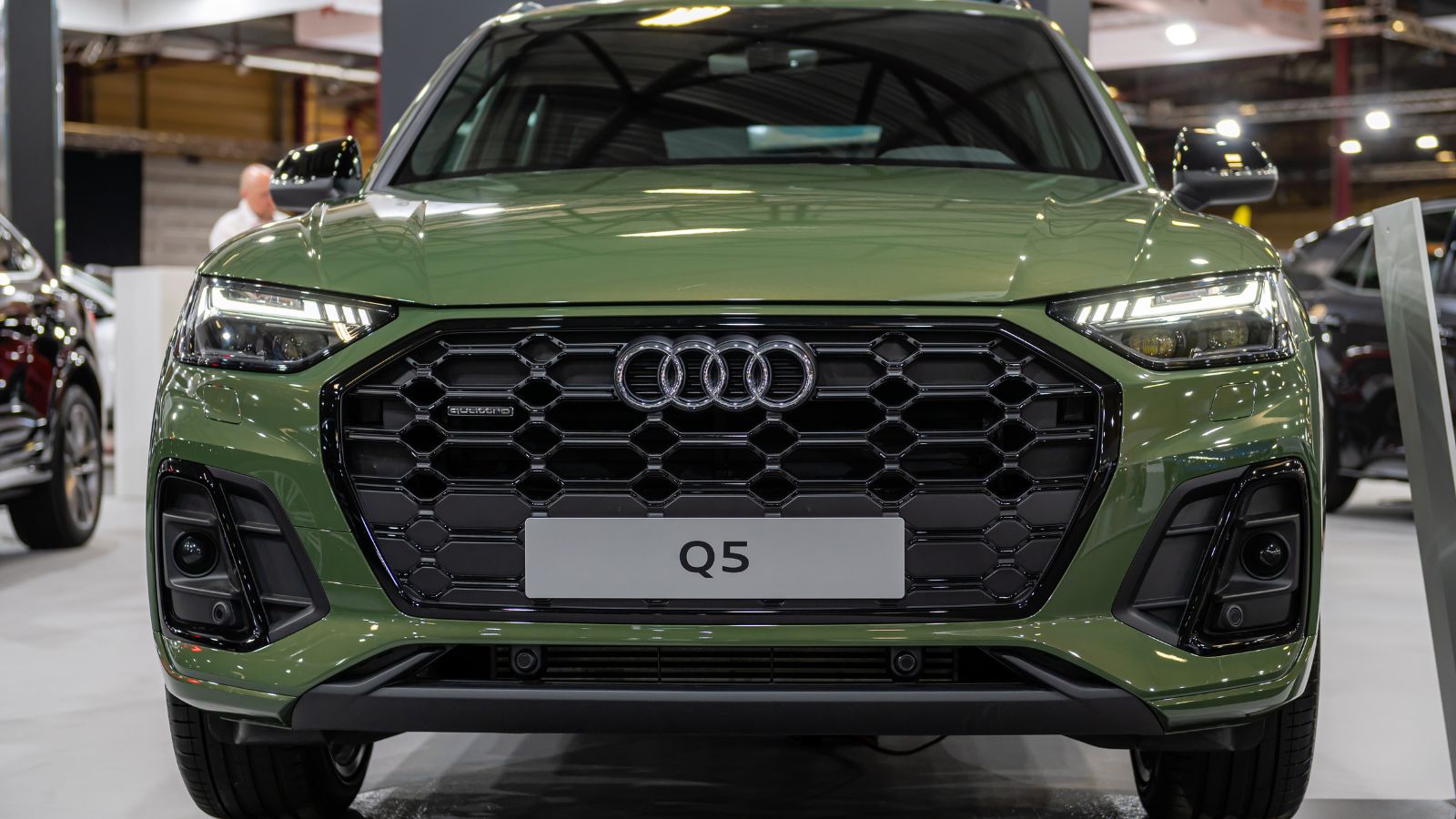
The Audi Q5, once a darling of Canadian luxury crossovers, is now caught in an unglamorous customs quagmire. Thanks to ongoing global trade tensions, parts for the Q5—especially OEM brake pads, sensors, and electronics sourced from Europe and Mexico—are being flagged or delayed at Canadian customs. The situation worsens with older models (2017–2020), whose specialized parts aren’t as readily stocked. For Q5 owners, this means longer wait times for repairs and increasing service bills.
GMC Sierra
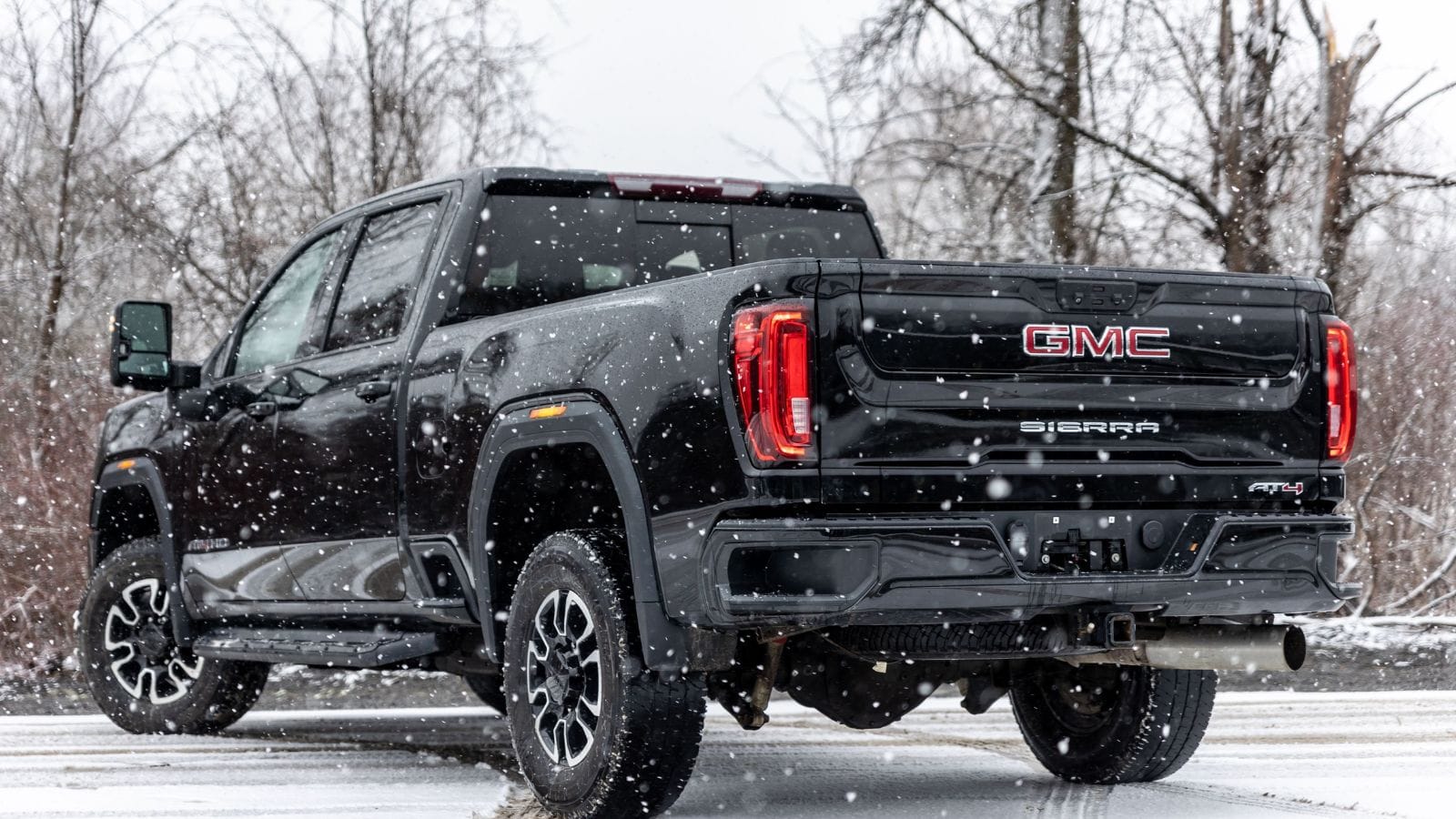
Due to ongoing geopolitical tensions and increased customs inspections between the U.S. and Canada, essential parts like transmission modules, electronic control units, and suspension components for the Sierra are either delayed or outright blocked at customs. According to the Automotive Parts Manufacturers’ Association (APMA), post-pandemic supply chains have not yet fully recovered, and cross-border shipments of OEM parts are expected to decline by up to 40% in 2025. Also, ports in Germany and the U.S. have both seen backlogs.
Porsche Macan
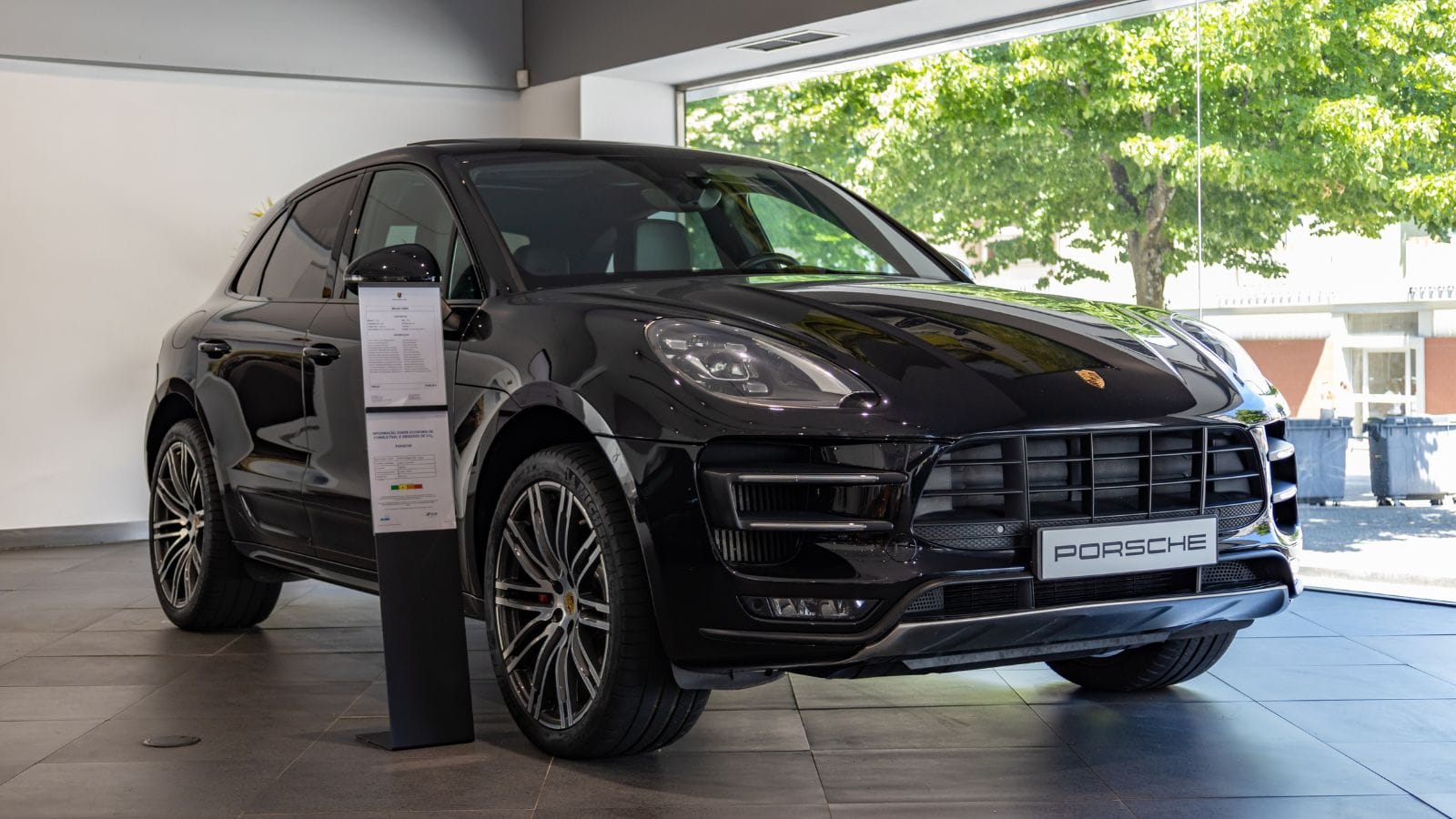
Porsche’s sporty SUV is experiencing delays in the production of turbocharger units and unique alloy wheel sets. The highly specialized nature of these parts means that even slight delays at European ports can result in weeks-long waits. Additionally, dealers report that replacement parts, such as amplifiers and control-unit chips, are occasionally subject to extended clearance times, sometimes stretching over weeks rather than the usual 1–2 days offered by Porsche’s logistics network.
Mazda CX-5
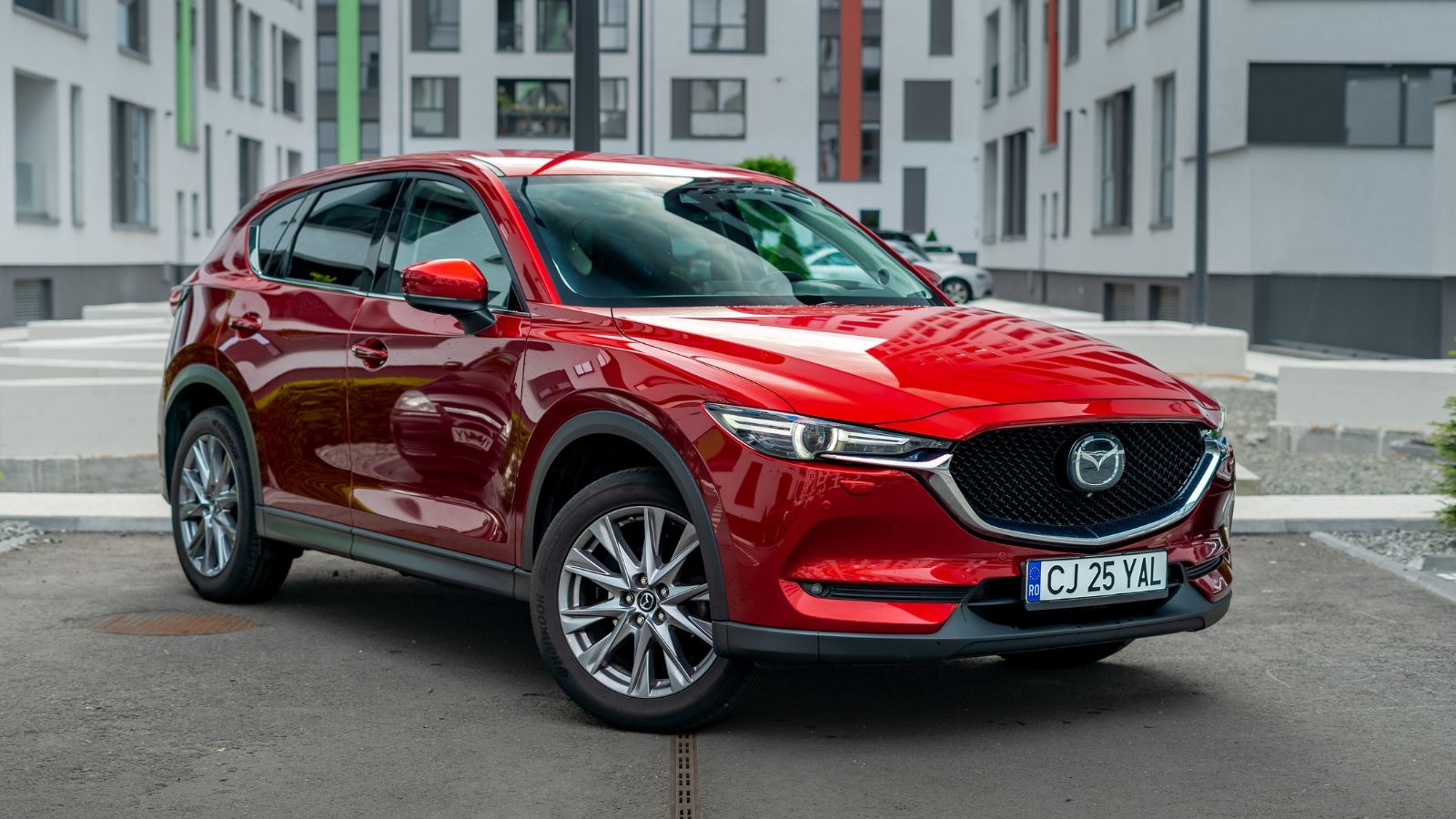
Firstly, cross-border tariff-induced export halts: Due to the U.S.’s 25% tariffs on auto parts and vehicles, and Canada’s retaliatory duties, Mazda has paused production and exports of the CX-50 SUV from its Huntsville, Alabama, plant for the Canadian market, starting May 12, 2025. Since this model accounted for approximately 15 % of Mazda’s 2024 sales in Canada (around 10,759 units), dealers are now selling only dwindling on-hand and in-transit stocks, with no new shipments scheduled until trade tensions ease. Secondly, the typhoon season didn’t help either, causing port closures that backed up orders.
Dodge Charger
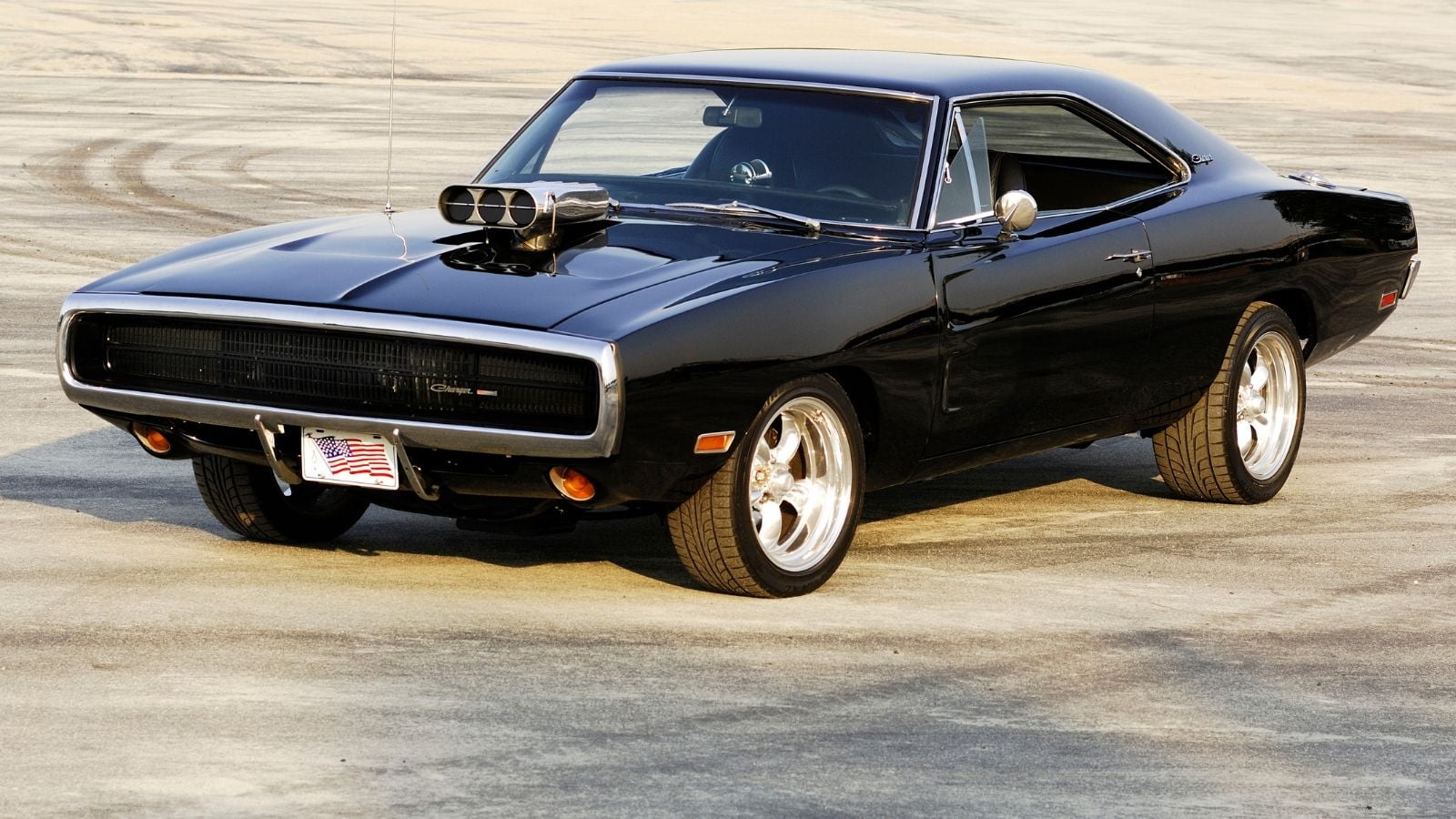
Muscle car enthusiasts are frustrated by customs blockages on performance parts, such as specialized exhaust systems and transmission upgrades, many of which are sourced from Mexico and Canada. Stellantis Canada dealers are reporting weeks-long backorders for critical components, frustrating Charger owners who are waiting for repairs or upgrades. Add to that U.S. regulations surrounding performance modifications, and parts flagged as “racing only” may now be held up even longer.
Volvo XC90
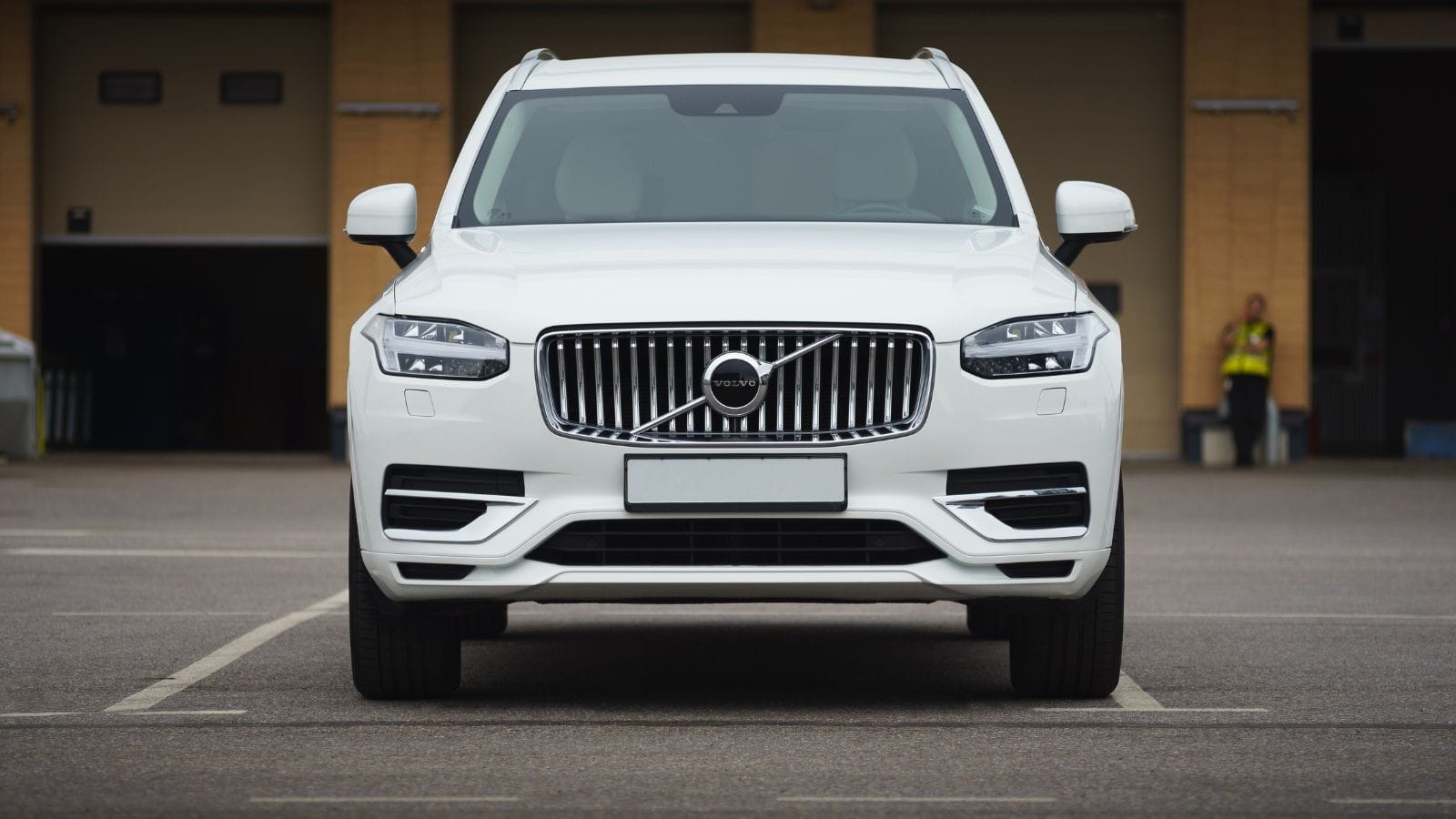
Volvo’s flagship SUV relies heavily on suppliers from Scandinavia and Eastern Europe. New EU customs regulations and strikes at Nordic ports have exacerbated delays in the delivery of electronic modules and air suspension kits. Additionally, rising tariffs on Chinese-made electric vehicles and components—targeted by both U.S. and Canadian policy—could further restrict XC90 parts imported from Asia. While Volvo Canada has taken steps to buffer its supply, customers and dealers continue to face intermittent delays, particularly when sourcing parts manufactured in Asia, which are subject to trade-related duties and transit bottlenecks.
21 Products Canadians Should Stockpile Before Tariffs Hit

If trade tensions escalate between Canada and the U.S., everyday essentials can suddenly disappear or skyrocket in price. Products like pantry basics and tech must-haves that depend on are deeply tied to cross-border supply chains and are likely to face various kinds of disruptions
21 Products Canadians Should Stockpile Before Tariffs Hit
